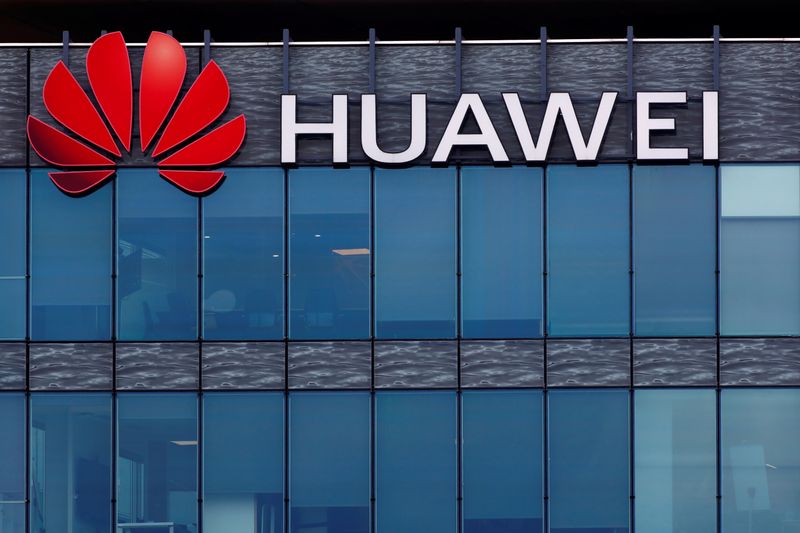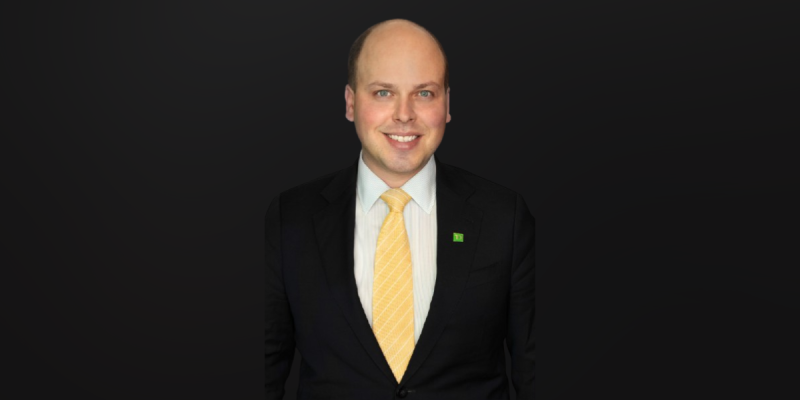(Reuters) – Britain’s decision to ban China’s Huawei Technologies [HWT.UL] from next-generation 5G telecom networks is the latest blow to the global leader in telecom equipment and could help lay the groundwork for broader changes in the industry.
Ericsson of Sweden and Nokia of Finland are currently the only companies besides Huawei that provide complete 5G wireless networks, and they, along with Korea’s Samsung, are the most immediate beneficiaries of the U.S-led campaign against Huawei. But the U.S. government and many others are now touting a new, more open approach to wireless network architecture, called Open RAN. The idea is to make equipment from different vendors work with each other, allowing mobile operators to mix and match equipment from various suppliers and potentially improving flexibility and reducing costs.
For the moment, Huawei’s competitors are unlikely to see an immediate revenue bump as telecom equipment sales cycles typically take more than a year to complete.
Nokia and Ericsson, both of which have struggled financially in recent years, already have a presence in the UK market. But Ericsson has been ahead of Nokia in the 5G race globally and has won much of the business in other countries where Huawei has been blocked. Samsung may also get a boost.
Open RAN is a wild card. U.S. tech giants including Qualcomm, Oracle, Microsoft, Cisco, Intel and Nvidia hope it will give them a chance to expand their presence in telecom equipment, where they already play a role as suppliers of routers, chips and software. Start-up companies such as Mavenir, Altiostar and Parallel Wireless, which are creating software for Open RAN and developing partnerships with the big hardware companies, could benefit too.
“The geopolitical uncertainty is providing them with a much needed entry point – it is now up to the Open RAN players to capitalize on this opportunity and show that they are ready for prime time,” said Stefan Pongratz of market research firm Dell’Oro.
Wireless carriers are enthusiastic about Open RAN in principle, because it could reduce their costs, but they are also nervous about security and other associated risks.
COSTS AND DELAYS
There are costs to barring Huawei — the British government has estimated that its decision to purge Huawei equipment will cost the British telecom operators more than 2 billion pounds.
The operators would need to select new vendors to build upcoming networks and also replace existing Huawei equipment.
“Huawei’s infrastructure is considered the most cost-effective, so we will ultimately see an increase in the cost of deploying networks,” said CCS Insight analyst Kester Mann.
“And unfortunately, the upshot of that probably will be eventually that gets passed in some way or the other to the consumer.”
5G networks — aimed at aimed at enabling everything from self-driving cars to connected devices — also feature dense antenna arrays that drive up power consumption on a cell site. Huawei claims that its 5G sites consume 20% less power than the industry average.
Both Nokia and Ericsson have said that they have the technology, supply chain capacity and expertise to replace all Huawei equipment in the UK’s networks without any disruption to customers.
“The decision removes the uncertainty that was slowing down investment decisions around the deployment of 5G in the UK,” Ericsson said.
Still, the British government estimates the restrictions and the costs involved could delay rollouts by two to three years.
Huawei accounted for around two-thirds of BT’s mobile network and one-third for Vodafone UK, while Three UK, controlled by CK Hutchison Holdings, is solely using Huawei, according to estimates from UBS.
HIT TO HUAWEI
Other European countries, notably Germany, will now be under even more pressure to follow the United States, the UK, Australia and others in banning Huawei from 5G.
In many countries 5G network development is still in its infancy. But they may still face a tough choice if they already use Huawei for 4G, given the initial cost of deploying 5G is lower if same supplier provides both 4G and 5G equipment.
When Ericsson got a 5G contract from Bell Canada last month, analysts estimated about $200 million in costs over the next few years for switching from a network built using Huawei gear.
Huawei, meanwhile, has lost another round in its battle against the U.S.-led campaign against the company. While it has a strong backstop in the China market and a supportive government, it could lose more business in the months ahead.
It was the world’s biggest maker of telecom networking equipment in 2019, with $42 billion in sales and telecom-related sales outside of China was estimated to be about $20 billion.
While the UK accounts for only around 1% of revenue, reputationally it matters a great deal to the company, according to a Huawei source.
“We have not given up on the UK market and are calling for the government to reconsider,” the source said. (This story corrects paragraph 2 to say Nokia of Finland, not Norway)
(Reporting by Supantha Mukherjee; Editing by Frances Kerry)
























